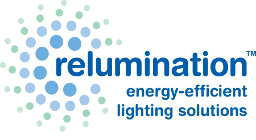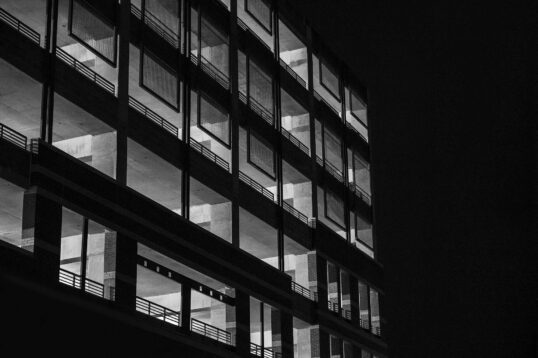Universities across the country are homes to millions of students, many of which can be found “burning the midnight oil” while studying for exams on campus. One way or another, proper university lighting is essential. Now, more than ever, colleges are finding ways to make their lighting energy-efficient and economical.
Northern Arizona University (NAU) has been recognized by the U.S. Department of Energy’s Interior Lighting Campaign, winning awards in the categories Best Use of Lighting Controls in a Single Building as well as Exemplary Higher Education Sector Site. By switching the lighting in the Student and Academic Service’s Building to LED technology, NAU has significantly cut unnecessary energy usage, saving both energy and expenses.
Meanwhile, Boston University has been going across campus and replacing its usual metal halide bulbs, which have been prominent in its outdoor lighting, with LED bulbs. Over fourteen different lighting retrofitting projects have been completed at Boston University since 2008, when the sustainability initiative began. In the new Center for Student Services alone, the implementation of LED lighting has decreased energy consumption by fifty-three percent.
Tufts University has embraced both LED lighting and motion sensors. The first college to sign the EPA Green Lights pledge (an agreement to improve the lighting in ninety percent of their floor space), Tufts has achieved this and more. By investing in LED lighting and motion sensors to shut lights off in empty spaces, the university has saved approximately $91,930 and 876,024 in kilowatt-hours.
By embracing sustainable forms of university lighting, colleges can become more energy-efficient and save expenses.





